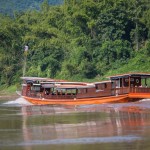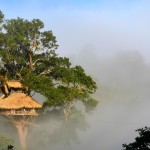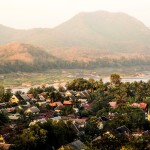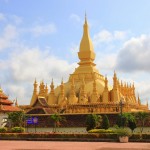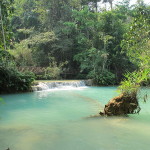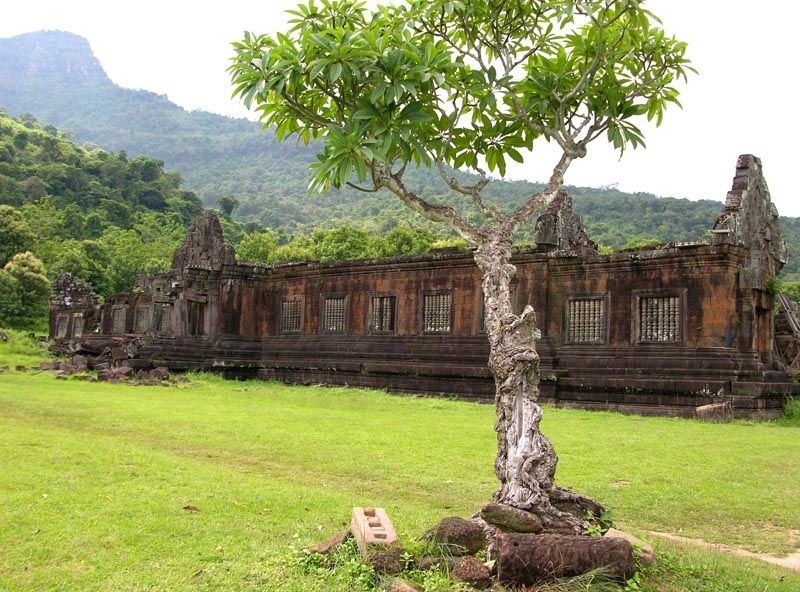
Wat Phu (meaning ‘mountain temple’), is situated on a hillside and offers stunning views over the surrounding land and Mekong River. Visitors who appreciate art and history will be amazed by the magnificent workmanship in this ruined Khmer temple complex in the form of temple pillars, barays, lintels, pediments, terrace, courtyard, walls, doorways, sanctuary, shrine, library and palaces.
There is also a natural spring that is believed by locals to emit holy water. Older than the great temple complex at Angkor Wat in Cambodia, Wat Phu was named a World Heritage Site by UNESCO in 2002.
Wat Phu (Vat Phou)
Wat Phu is considered one of the oldest archaeological sites in Laos. One temple in the site was constructed around the 5th century but most buildings found in the complex are from the 11th to 13th centuries. Like other notable Khmer architecture in Southeast Asia, it was constructed using sandstone, laterite and bricks. Among many of the outstanding carvings there are the Indra, the Hindu god of war, storms, and rainfall, riding a three-headed elephant and Vishnu riding on a garuda, an eagle.
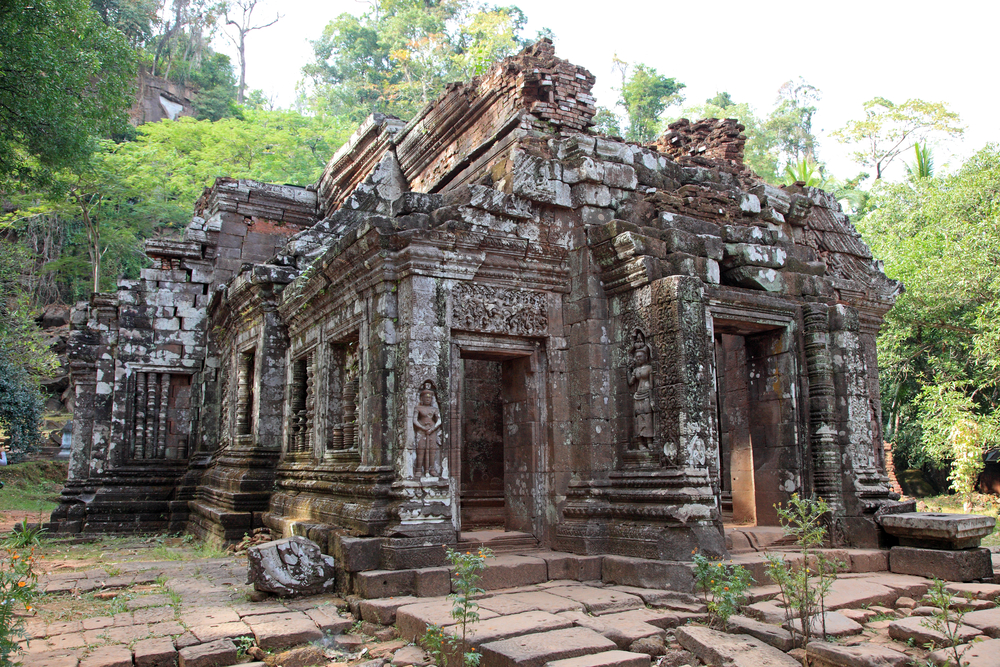
Wat Phu has been an active temple for Buddhist religious practice for quite some time because Buddhism replaced Hinduism in Laos in the mid 13th century. There is an altar at the front section of its sanctuary featuring four big Buddha images with more Buddha images around the ruins.
If you visit Wat Phu on the full moon of the third lunar month (usually in February), you will come across the temple’s biggest annual festival with many impressive ceremonies and fun activities going on during the week-long period. These include monk-blessing ceremonies, elephant racing, buffalo and cock fighting as well as a trade fair. The event is never short of entertainment such as live music and traditional Lao dancing.
Opening Hours: All year round
Location: In Pakse, the main city of Champasack Province in southwestern Laos
How to get there: Visitors can travel to Wat Phu from Pakse via land or by boat along the Mekong River


